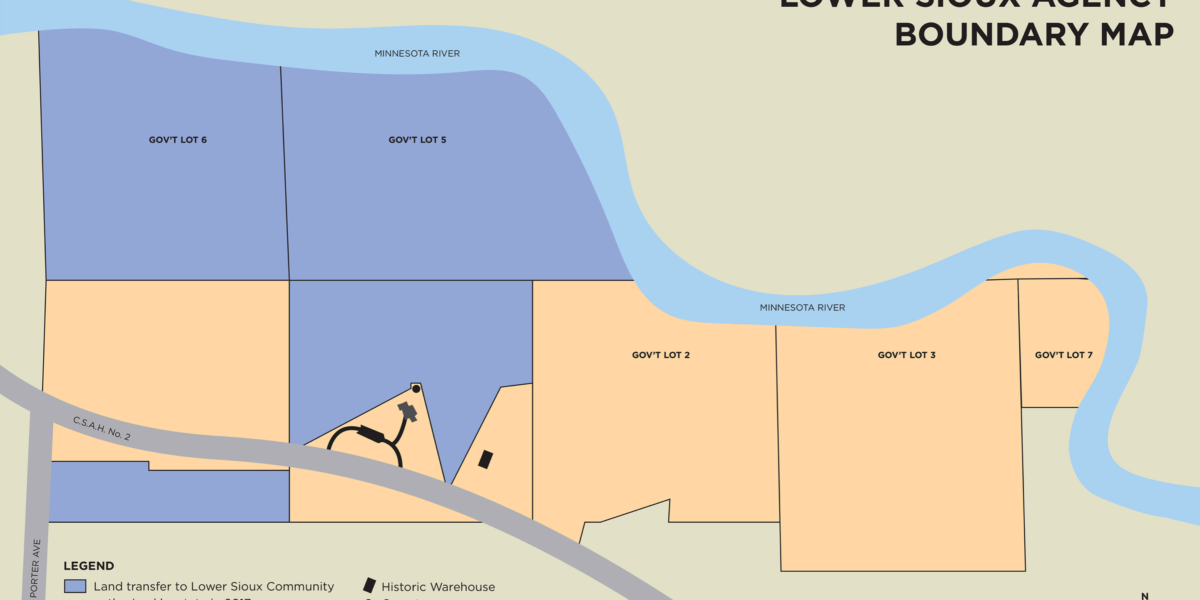Canca’yapi Returns to Lower Sioux Indian Community (2:30)
The Lower Sioux Indian Community in Canca’yapi [Chosh-shay-ah-pee] recently reclaimed 114 acres of land from the state of Minnesota.
This 114 acres is part of the homelands of the Dakota people. This spot, called the Lower Sioux Agency, is where the war of 1862 began. That war ended with the forced removal of many Dakota people from Minnesota.
Cheyanne St. John is the Tribal Historic Preservation officer and Director of Lower Sioux Cultural Department.
“Our indigenous people have always had such a strong connection to land so when we had these forced removals and all these different traumatic events happen, one of the ways in which we were able to find little bits of healing and reconnection to identity was through land and returning to our homeland,” said St. John.
In 2004 conversations began between the tribe and the state about the tribe reclaiming this land. It’s taken nearly 2 decades for the process to unfold. It involved the state legislature, the DNR, the Historical Society, the federal government and 31 other tribes.
“Any tribes that have direct affiliation with Canca’yapi or this part of Minnesota are notified of what is being proposed so without the support of those 31 tribes it could have been a much longer process,” said St. John.
St John says she doesn’t feel it’s appropriate to say the tribe now “owns” the land.
“From an indigenous perspective, land is not owned – our connection to our history is far stronger than any piece of paper that could be signed,” said St. John.
Now that the tribe is the steward of the land St John says it will retain the site as- is.
“Maybe down the road there would be some planning and conversations in the community about how to make that space a bit more contemporary in telling our Dakota history,” said St. John.
St John says she feels grateful to all the people who have worked over the past two decades to return this land to the Dakota people. She feels lucky to be here when the final documents were actually signed.
Melissa Townsend reporting for Minnesota Native News


 Minnesota Historical Society Planning Paid Internship for Native College Students
Minnesota Historical Society Planning Paid Internship for Native College Students